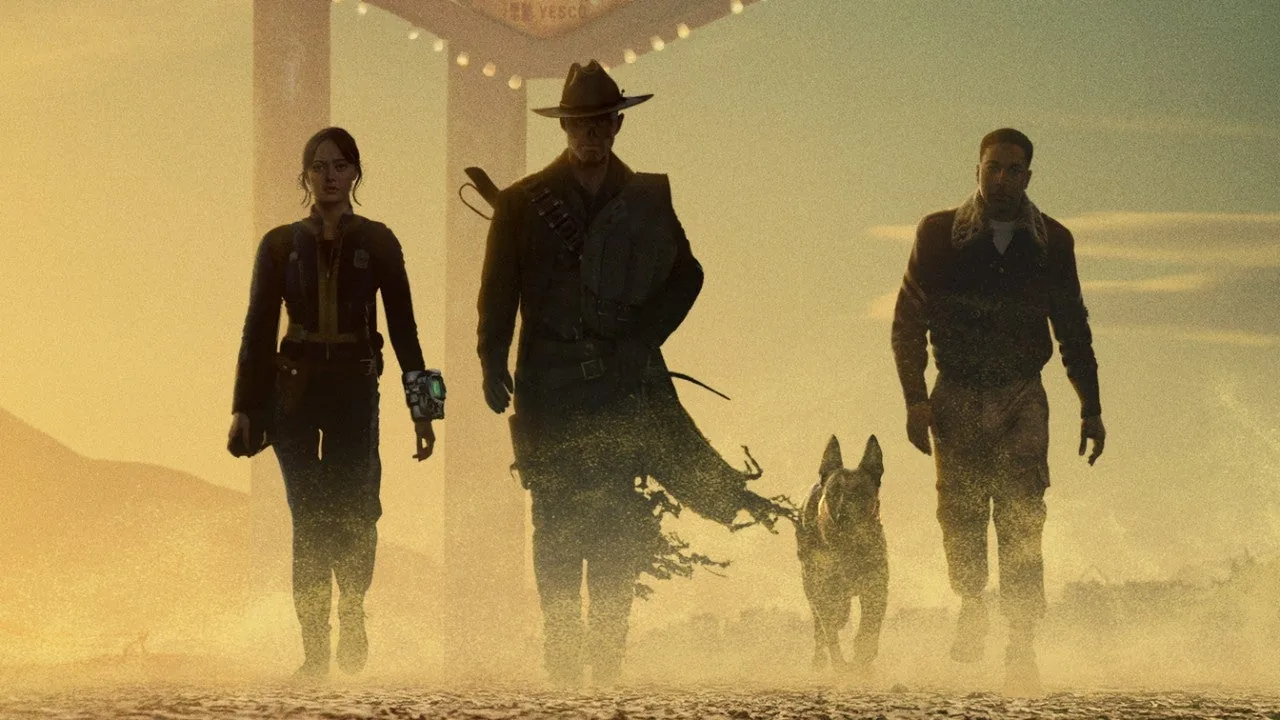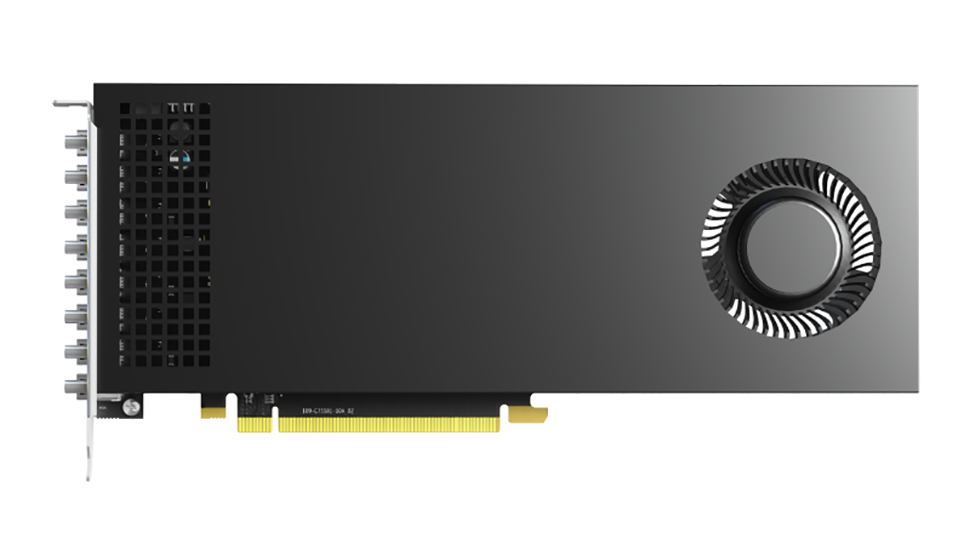Nike Introduces the Air Max 1000 its First Fully 3D Printed Sneaker
Global sportswear leader Nike is reportedly preparing to release the Air Max 1000 Oatmeal, its first fully 3D printed sneaker, with a launch tentatively scheduled for Summer 2025. While Nike has yet to confirm an official release date, industry sources suggest the debut may occur sometime between June and August. The retail price is expected to be approximately This model marks a step in Nike’s exploration of additive manufacturing, enabled through a collaboration with Zellerfeld, a German startup known for its work in fully 3D printed footwear.
Building Buzz Online
The “Oatmeal” colorway—a neutral blend of soft beige tones—has already attracted attention on social platforms like TikTok, Instagram, and X. In April, content creator Janelle C. Shuttlesworth described the shoes as “light as air” in a video preview. Sneaker-focused accounts such as JustFreshKicks and TikTok user @shoehefner5 have also offered early walkthroughs. Among fans, the nickname “Foamy Oat” has started to catch on.
Nike’s 3D printed Air Max 1000 Oatmeal. Photo via Janelle C. Shuttlesworth.
Before generating buzz online, the sneaker made a public appearance at ComplexCon Las Vegas in November 2024. There, its laceless, sculptural silhouette and smooth, seamless texture stood out—merging futuristic design with signature Air Max elements, such as the visible heel air unit.
Reimagining the Air Max Legacy
Drawing inspiration from the original Air Max 1, the Air Max 1000 retains the iconic air cushion in the heel while reinventing the rest of the structure using 3D printing. The shoe’s upper and outsole are formed as a single, continuous piece, produced from ZellerFoam, a proprietary flexible material developed by Zellerfeld.
Zellerfeld’s fused filament fabricationprocess enables varied material densities throughout the shoe—resulting in a firm, supportive sole paired with a lightweight, breathable upper. The laceless, slip-on design prioritizes ease of wear while reinforcing a sleek, minimalist aesthetic.
Nike’s Chief Innovation Officer, John Hoke, emphasized the broader impact of the design, noting that the Air Max 1000 “opens up new creative possibilities” and achieves levels of precision and contouring not possible with traditional footwear manufacturing. He also pointed to the sustainability benefits of AM, which produces minimal waste by fabricating only the necessary components.
Expansion of 3D Printed Footwear Technology
The Air Max 1000 joins a growing lineup of 3D printed footwear innovations from major brands. Gucci, the Italian luxury brand known for blending traditional craftsmanship with modern techniques, unveiled several Cub3d sneakers as part of its Spring Summer 2025collection. The brand developed Demetra, a material made from at least 70% plant-based ingredients, including viscose, wood pulp, and bio-based polyurethane. The bi-material sole combines an EVA-filled interior for cushioning and a TPU exterior, featuring an Interlocking G pattern that creates a 3D effect.
Elsewhere, Syntilay, a footwear company combining artificial intelligence with 3D printing, launched a range of custom-fit slides. These slides are designed using AI-generated 3D models, starting with sketch-based concepts that are refined through AI platforms and then transformed into digital 3D designs. The company offers sizing adjustments based on smartphone foot scans, which are integrated into the manufacturing process.
Join our Additive Manufacturing Advantageevent on July 10th, where AM leaders from Aerospace, Space, and Defense come together to share mission-critical insights. Online and free to attend.Secure your spot now.
Who won the2024 3D Printing Industry Awards?
Subscribe to the 3D Printing Industry newsletterto keep up with the latest 3D printing news.
You can also follow us onLinkedIn, and subscribe to the 3D Printing Industry Youtube channel to access more exclusive content.
Featured image shows Nike’s 3D printed Air Max 1000 Oatmeal. Photo via Janelle C. Shuttlesworth.
Paloma Duran
Paloma Duran holds a BA in International Relations and an MA in Journalism. Specializing in writing, podcasting, and content and event creation, she works across politics, energy, mining, and technology. With a passion for global trends, Paloma is particularly interested in the impact of technology like 3D printing on shaping our future.
#nike #introduces #air #max #itsNike Introduces the Air Max 1000 its First Fully 3D Printed Sneaker
Global sportswear leader Nike is reportedly preparing to release the Air Max 1000 Oatmeal, its first fully 3D printed sneaker, with a launch tentatively scheduled for Summer 2025. While Nike has yet to confirm an official release date, industry sources suggest the debut may occur sometime between June and August. The retail price is expected to be approximately This model marks a step in Nike’s exploration of additive manufacturing, enabled through a collaboration with Zellerfeld, a German startup known for its work in fully 3D printed footwear.
Building Buzz Online
The “Oatmeal” colorway—a neutral blend of soft beige tones—has already attracted attention on social platforms like TikTok, Instagram, and X. In April, content creator Janelle C. Shuttlesworth described the shoes as “light as air” in a video preview. Sneaker-focused accounts such as JustFreshKicks and TikTok user @shoehefner5 have also offered early walkthroughs. Among fans, the nickname “Foamy Oat” has started to catch on.
Nike’s 3D printed Air Max 1000 Oatmeal. Photo via Janelle C. Shuttlesworth.
Before generating buzz online, the sneaker made a public appearance at ComplexCon Las Vegas in November 2024. There, its laceless, sculptural silhouette and smooth, seamless texture stood out—merging futuristic design with signature Air Max elements, such as the visible heel air unit.
Reimagining the Air Max Legacy
Drawing inspiration from the original Air Max 1, the Air Max 1000 retains the iconic air cushion in the heel while reinventing the rest of the structure using 3D printing. The shoe’s upper and outsole are formed as a single, continuous piece, produced from ZellerFoam, a proprietary flexible material developed by Zellerfeld.
Zellerfeld’s fused filament fabricationprocess enables varied material densities throughout the shoe—resulting in a firm, supportive sole paired with a lightweight, breathable upper. The laceless, slip-on design prioritizes ease of wear while reinforcing a sleek, minimalist aesthetic.
Nike’s Chief Innovation Officer, John Hoke, emphasized the broader impact of the design, noting that the Air Max 1000 “opens up new creative possibilities” and achieves levels of precision and contouring not possible with traditional footwear manufacturing. He also pointed to the sustainability benefits of AM, which produces minimal waste by fabricating only the necessary components.
Expansion of 3D Printed Footwear Technology
The Air Max 1000 joins a growing lineup of 3D printed footwear innovations from major brands. Gucci, the Italian luxury brand known for blending traditional craftsmanship with modern techniques, unveiled several Cub3d sneakers as part of its Spring Summer 2025collection. The brand developed Demetra, a material made from at least 70% plant-based ingredients, including viscose, wood pulp, and bio-based polyurethane. The bi-material sole combines an EVA-filled interior for cushioning and a TPU exterior, featuring an Interlocking G pattern that creates a 3D effect.
Elsewhere, Syntilay, a footwear company combining artificial intelligence with 3D printing, launched a range of custom-fit slides. These slides are designed using AI-generated 3D models, starting with sketch-based concepts that are refined through AI platforms and then transformed into digital 3D designs. The company offers sizing adjustments based on smartphone foot scans, which are integrated into the manufacturing process.
Join our Additive Manufacturing Advantageevent on July 10th, where AM leaders from Aerospace, Space, and Defense come together to share mission-critical insights. Online and free to attend.Secure your spot now.
Who won the2024 3D Printing Industry Awards?
Subscribe to the 3D Printing Industry newsletterto keep up with the latest 3D printing news.
You can also follow us onLinkedIn, and subscribe to the 3D Printing Industry Youtube channel to access more exclusive content.
Featured image shows Nike’s 3D printed Air Max 1000 Oatmeal. Photo via Janelle C. Shuttlesworth.
Paloma Duran
Paloma Duran holds a BA in International Relations and an MA in Journalism. Specializing in writing, podcasting, and content and event creation, she works across politics, energy, mining, and technology. With a passion for global trends, Paloma is particularly interested in the impact of technology like 3D printing on shaping our future.
#nike #introduces #air #max #its














